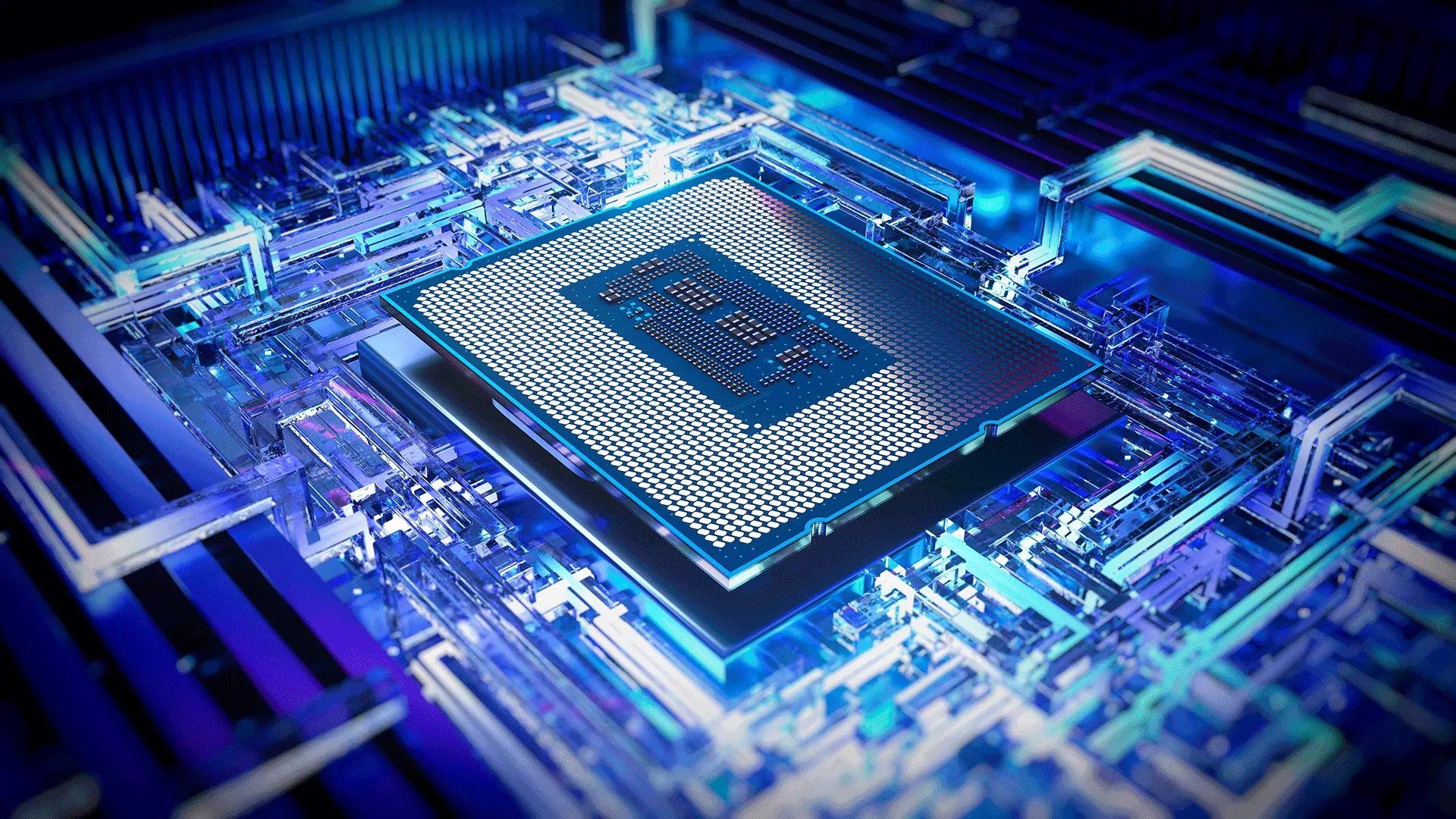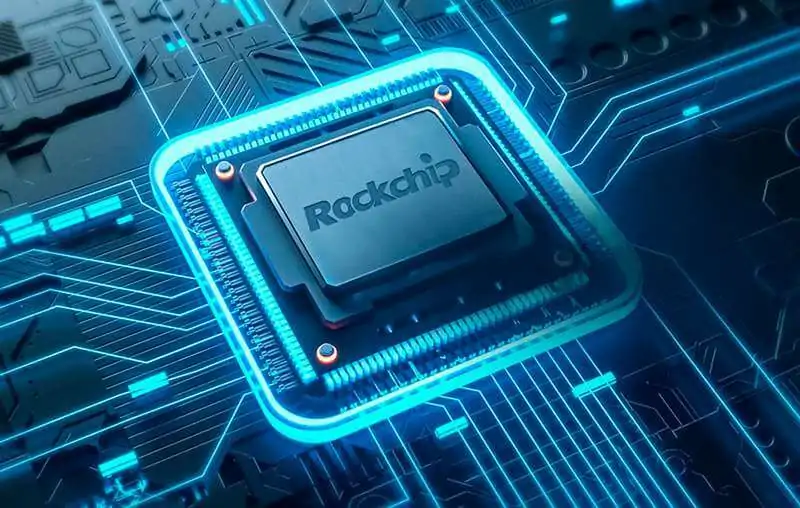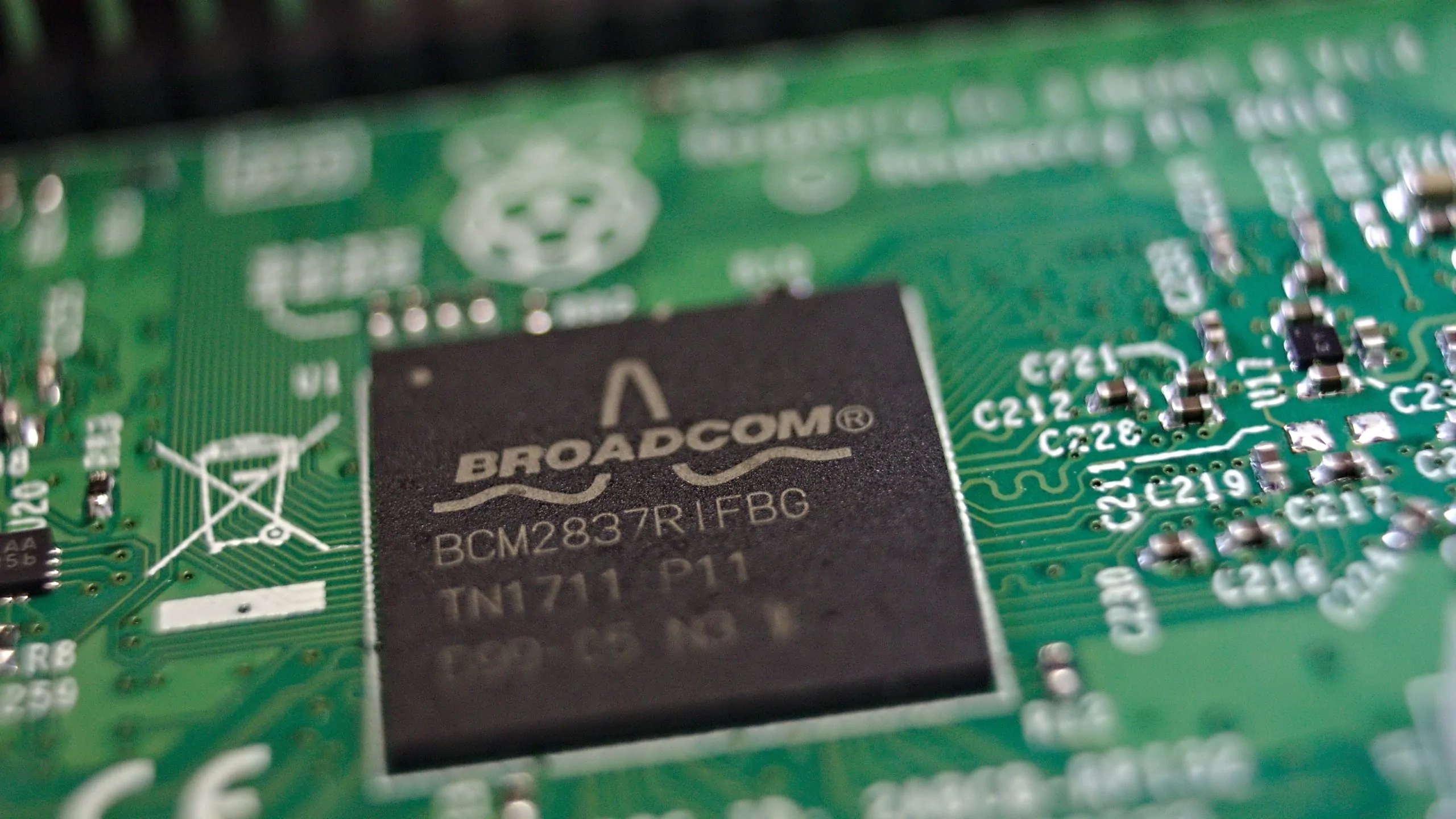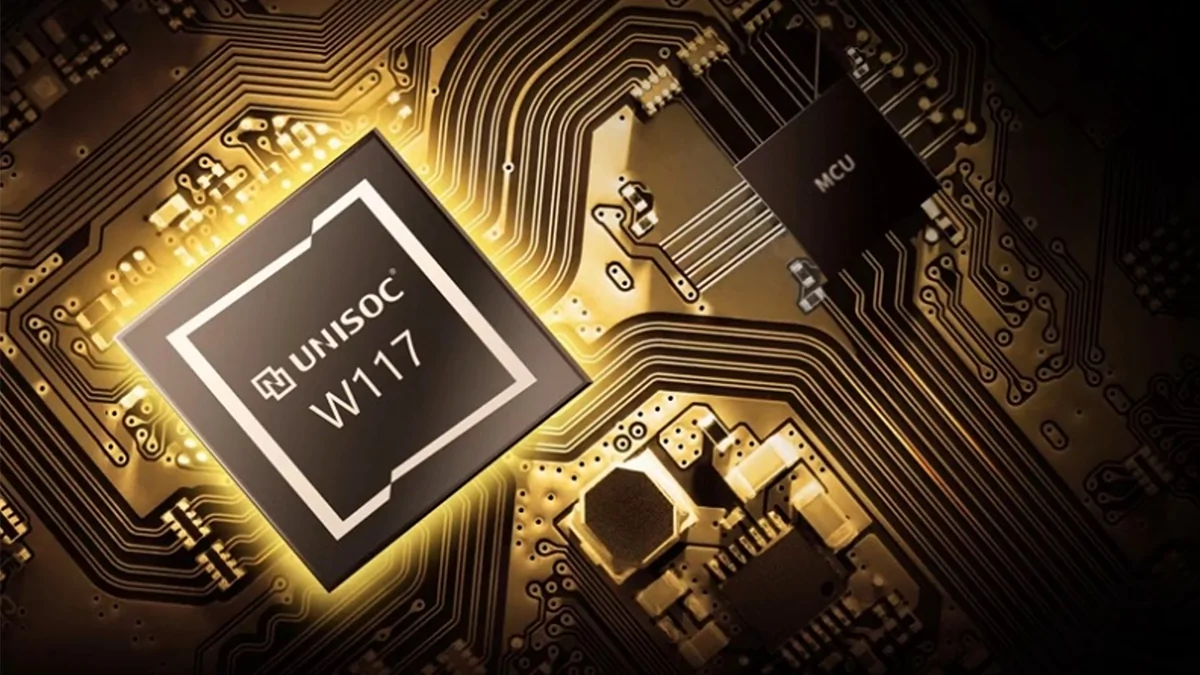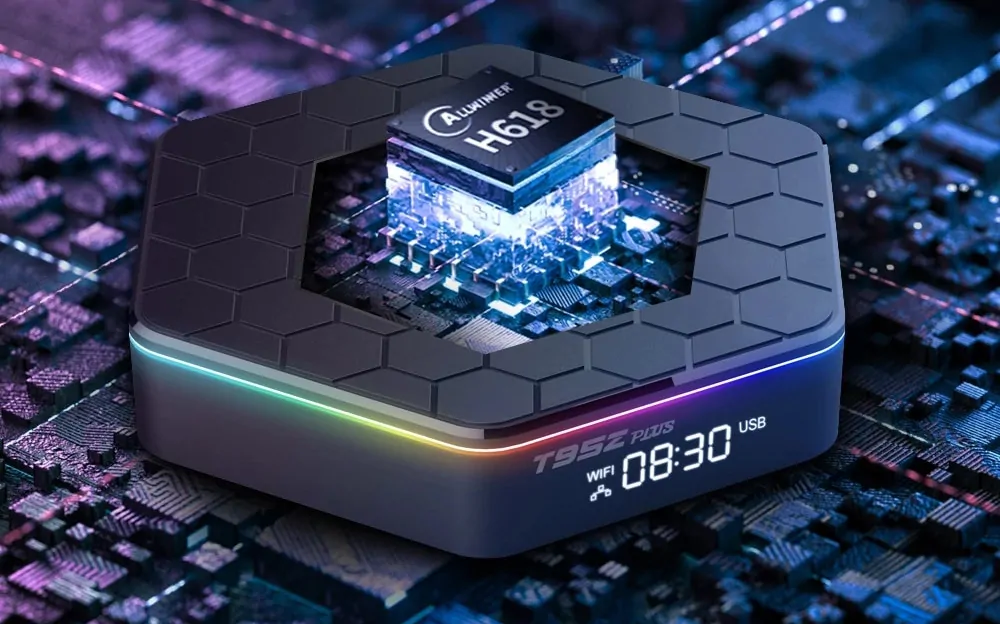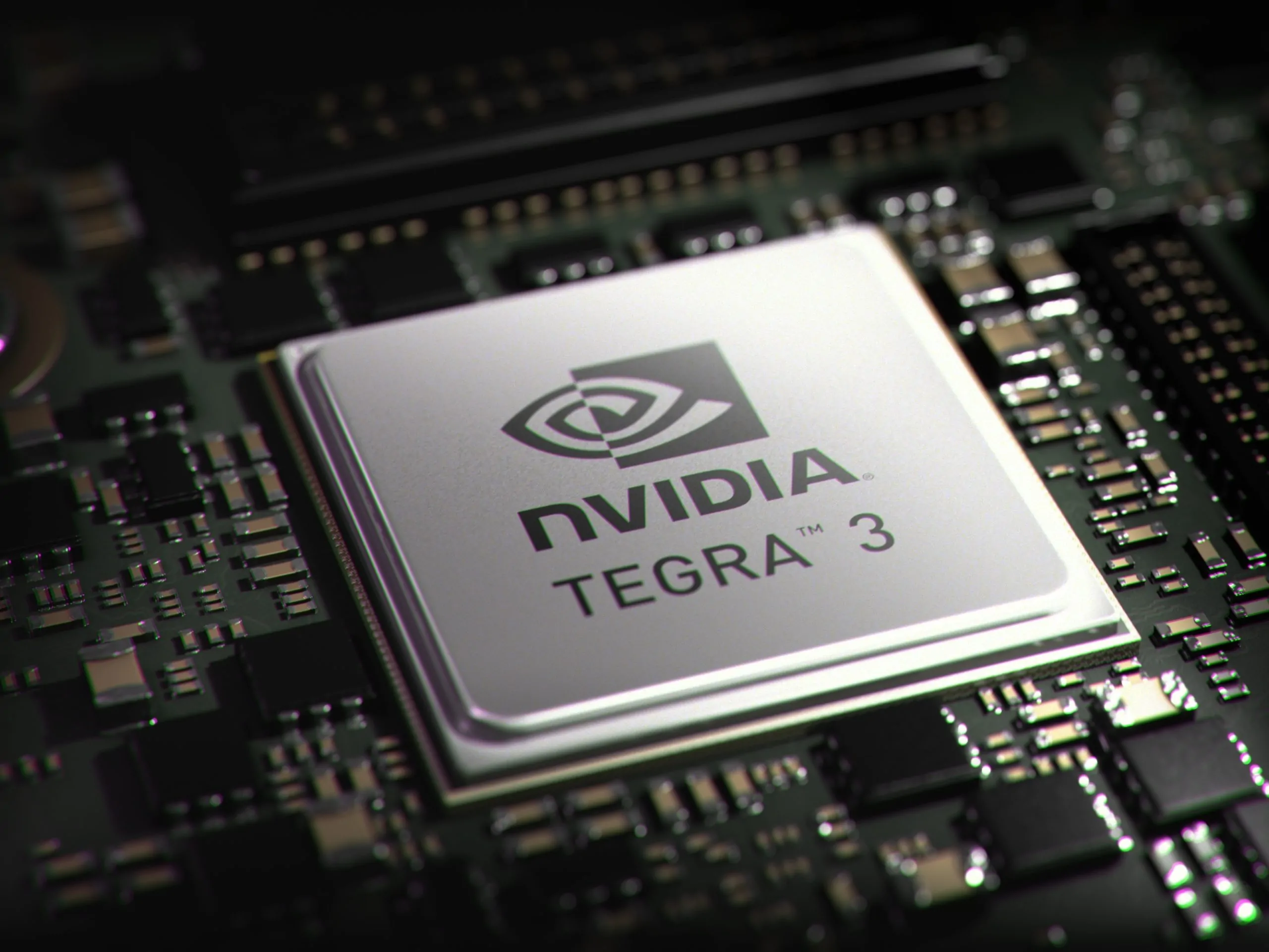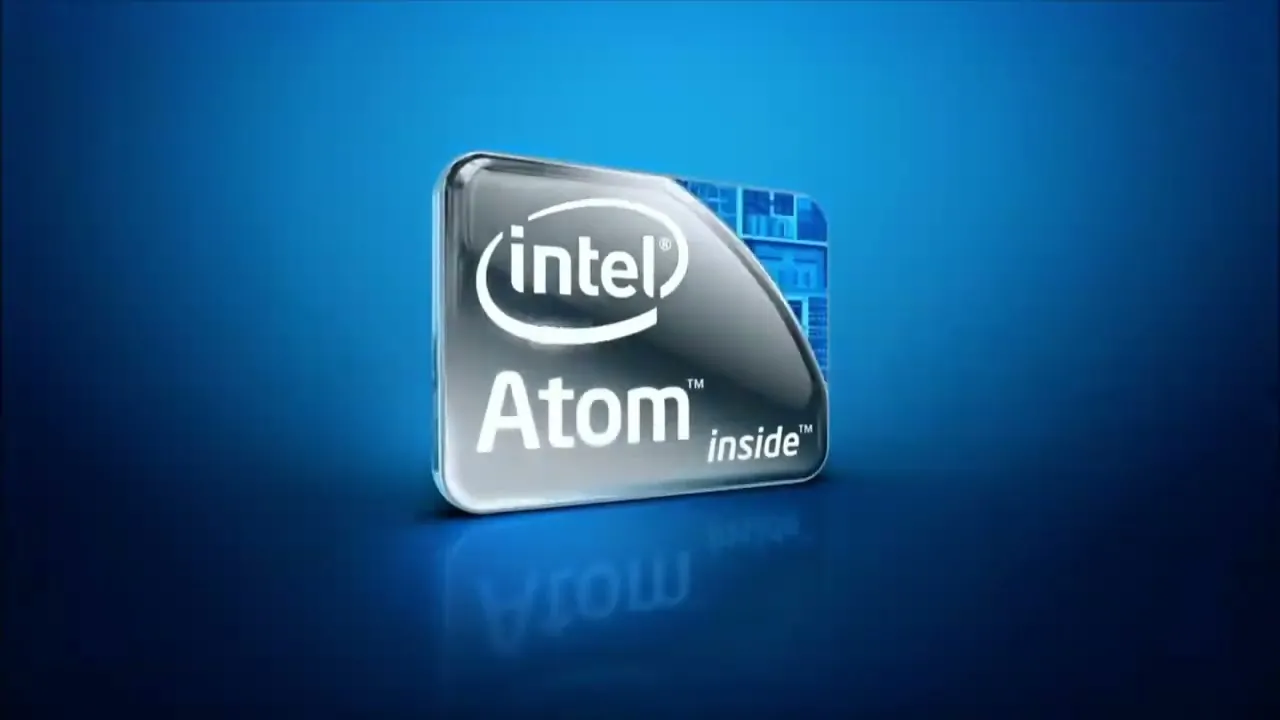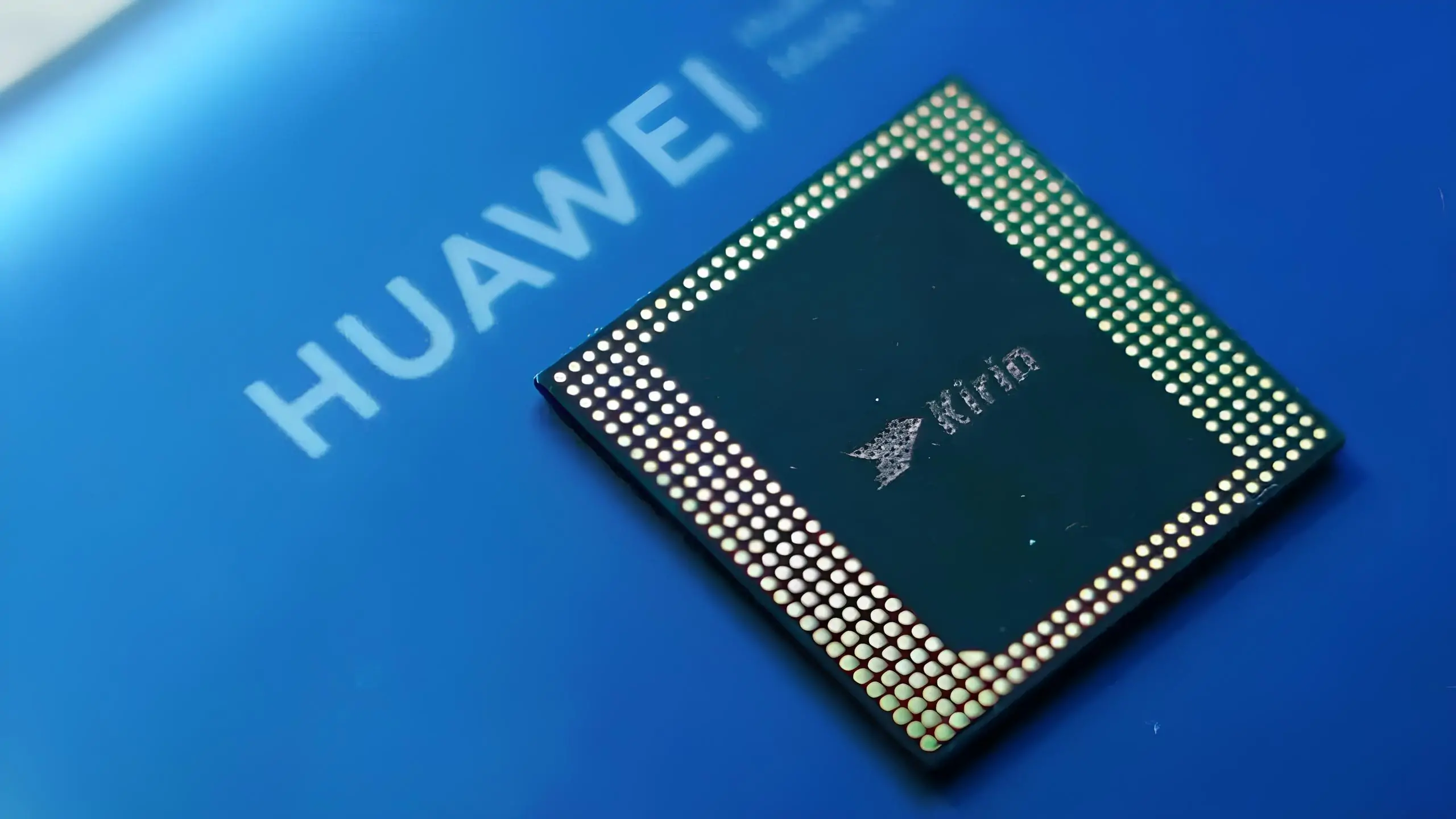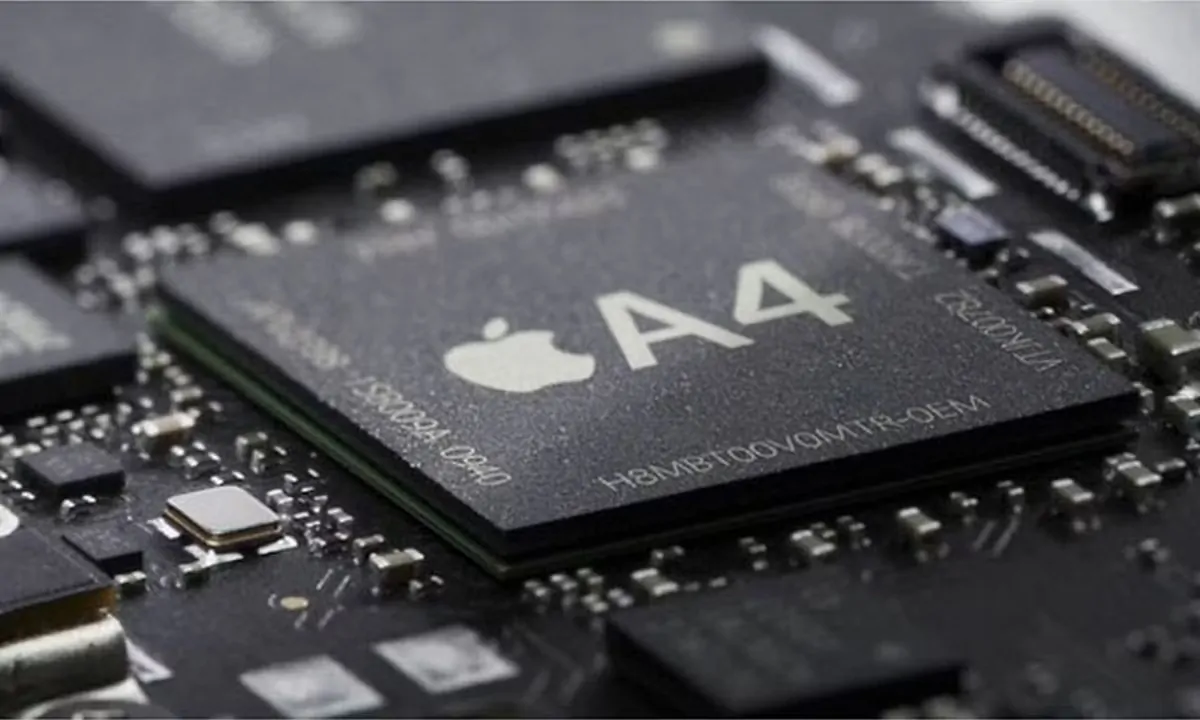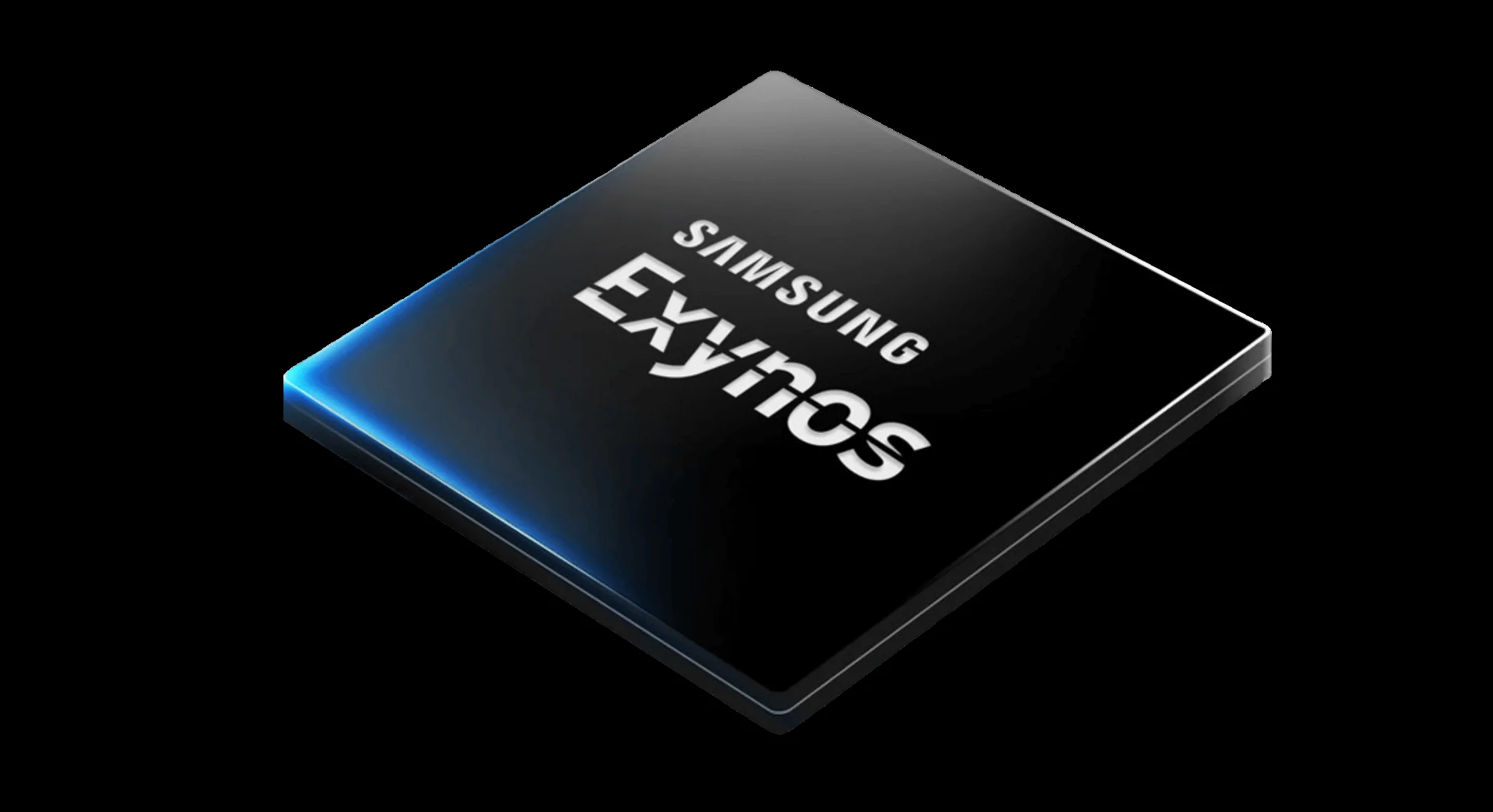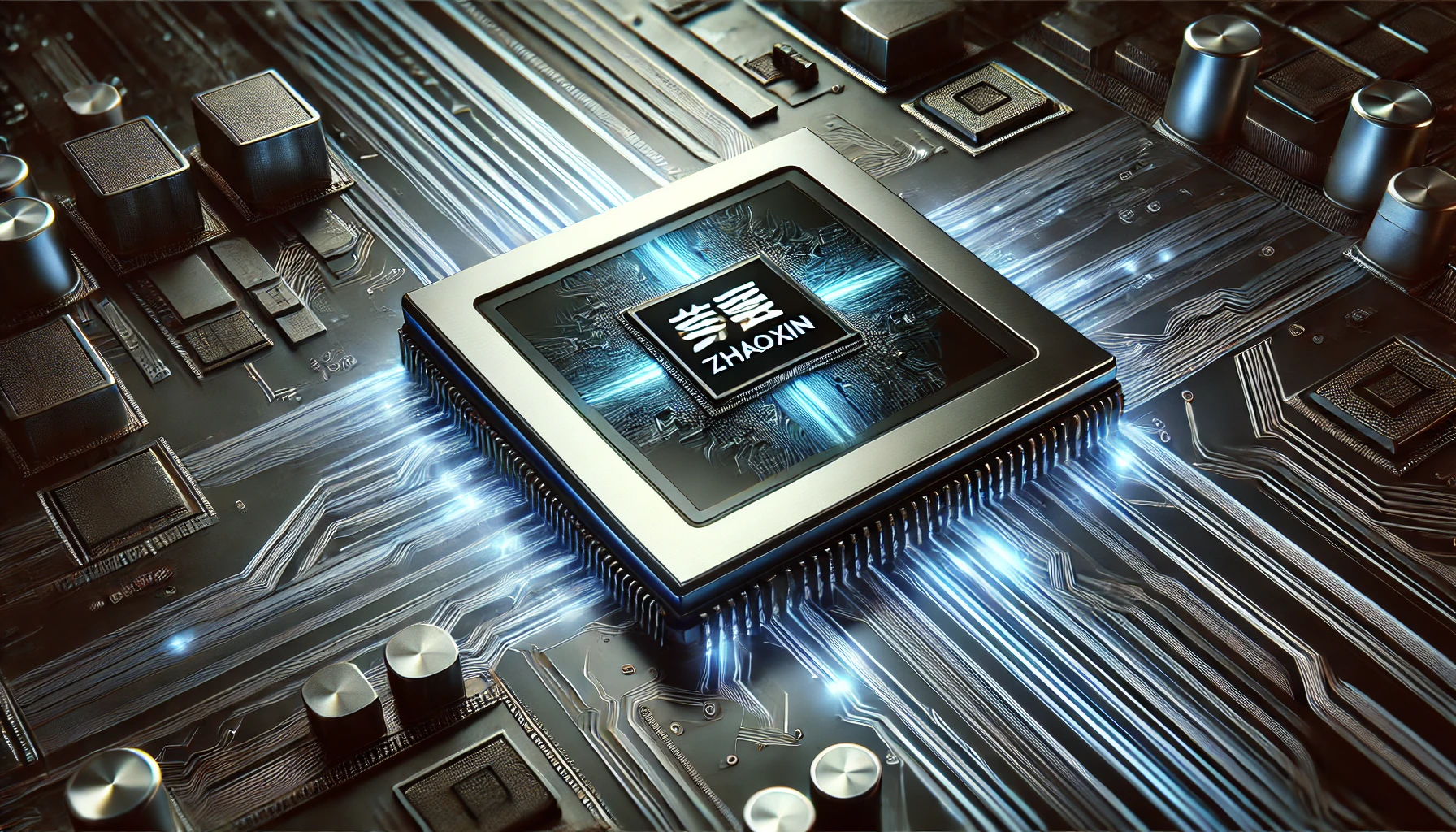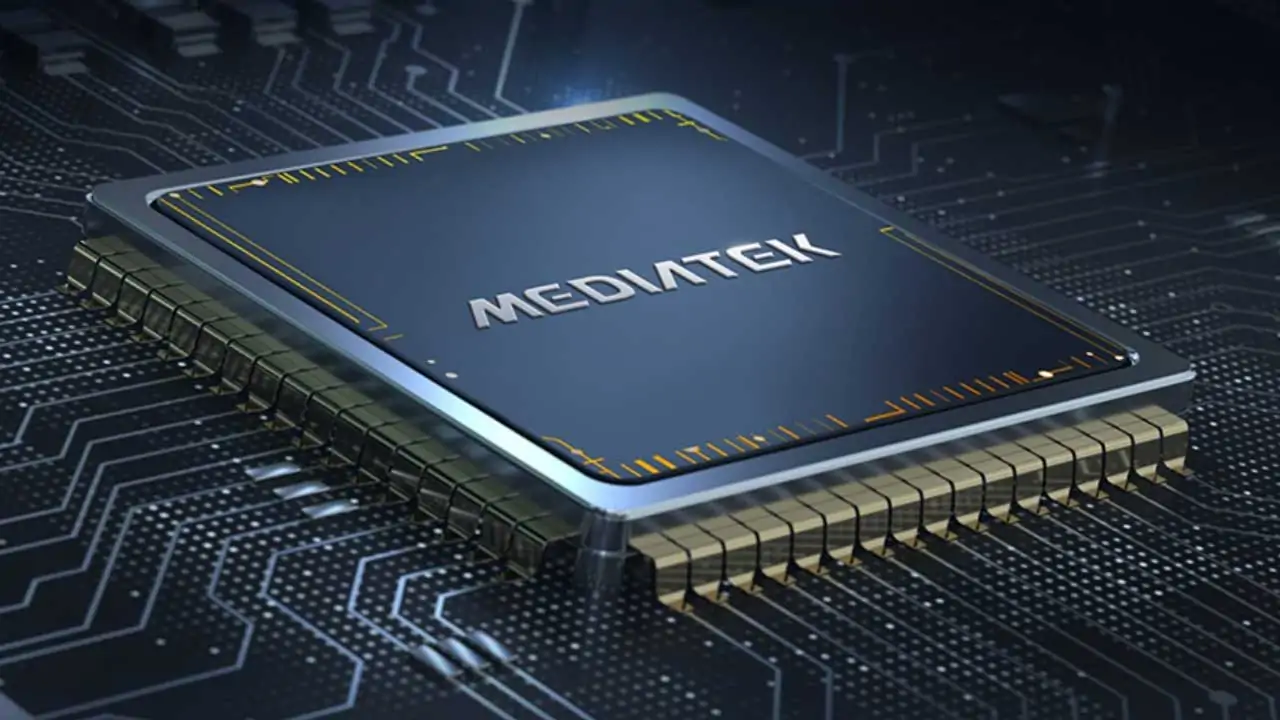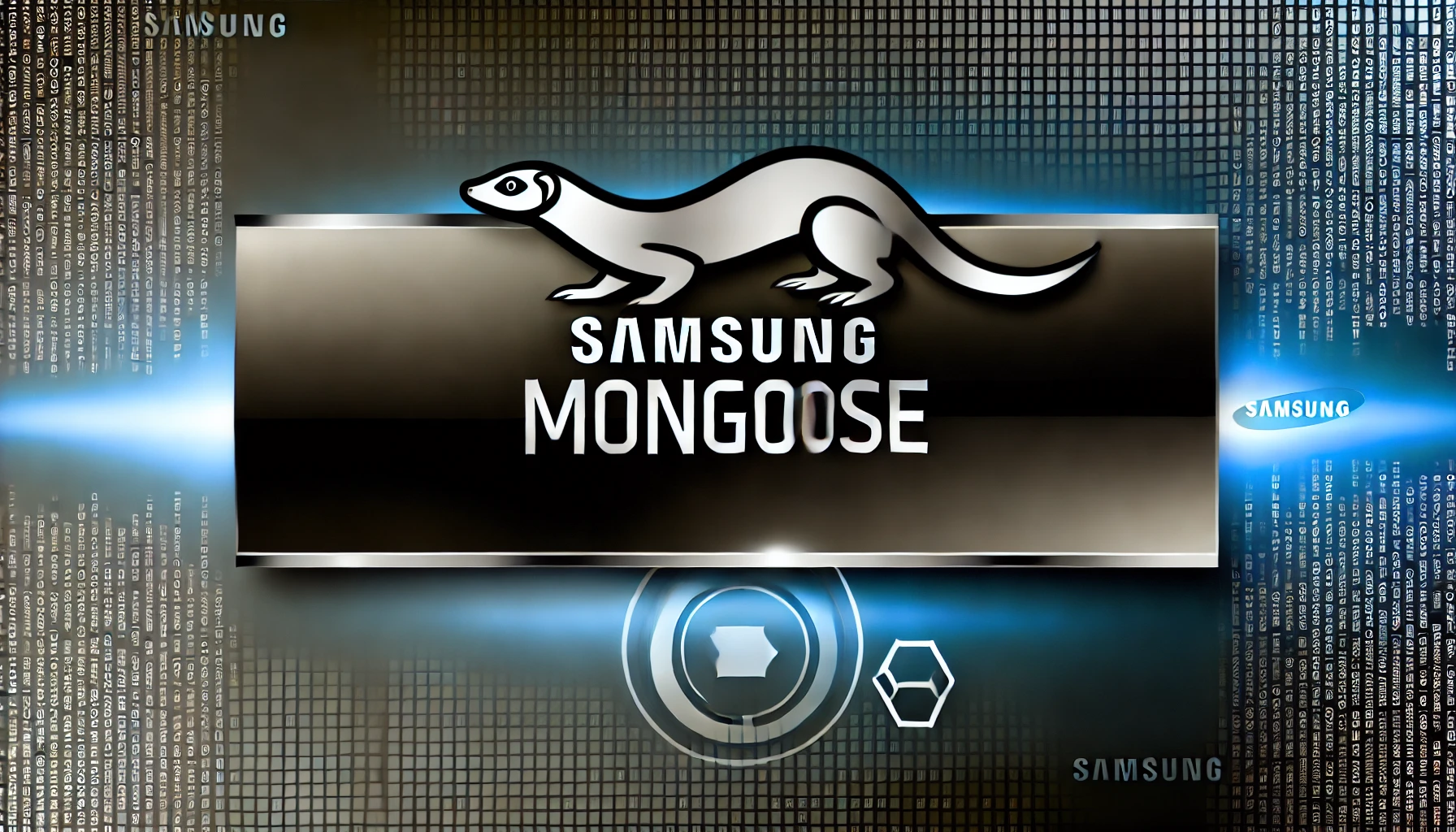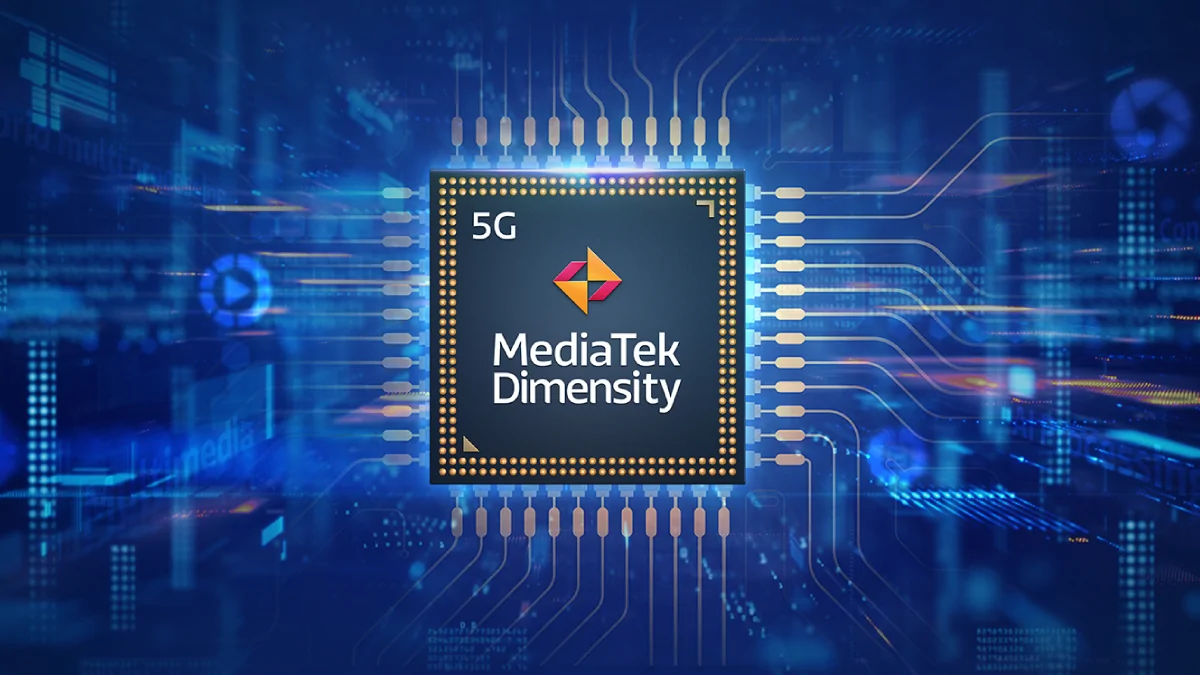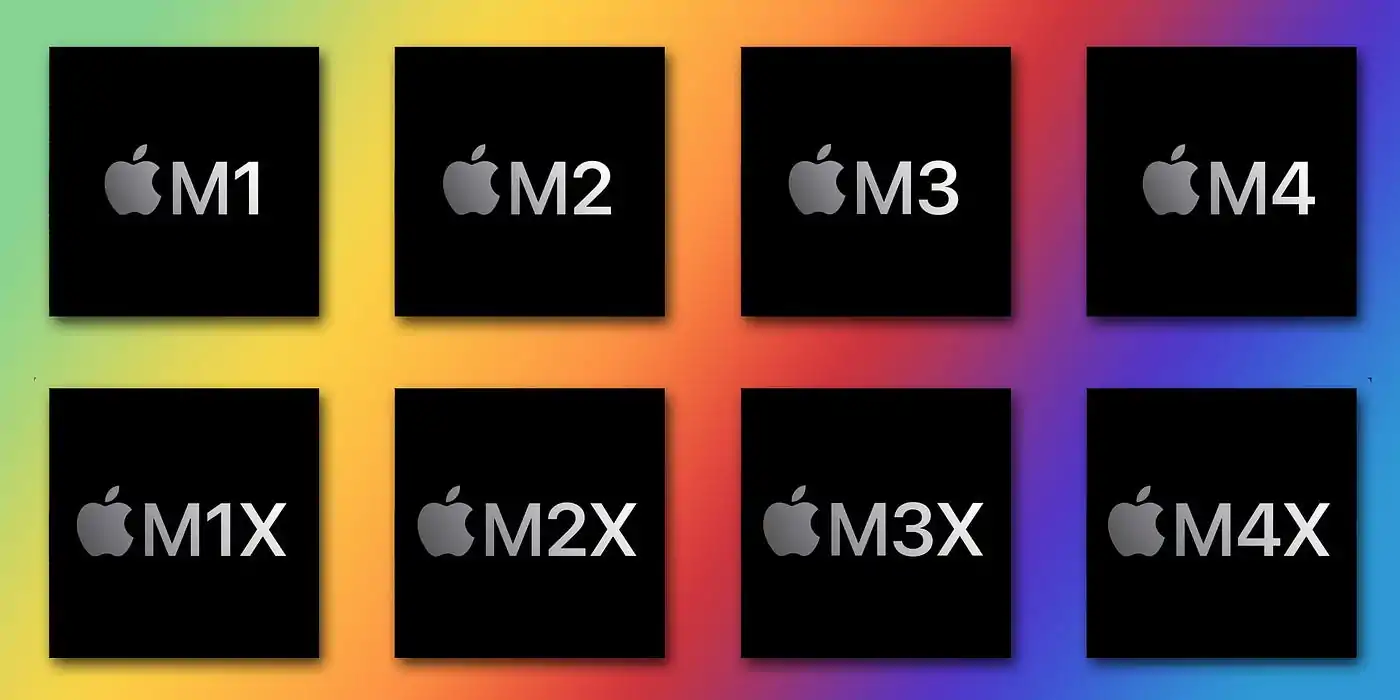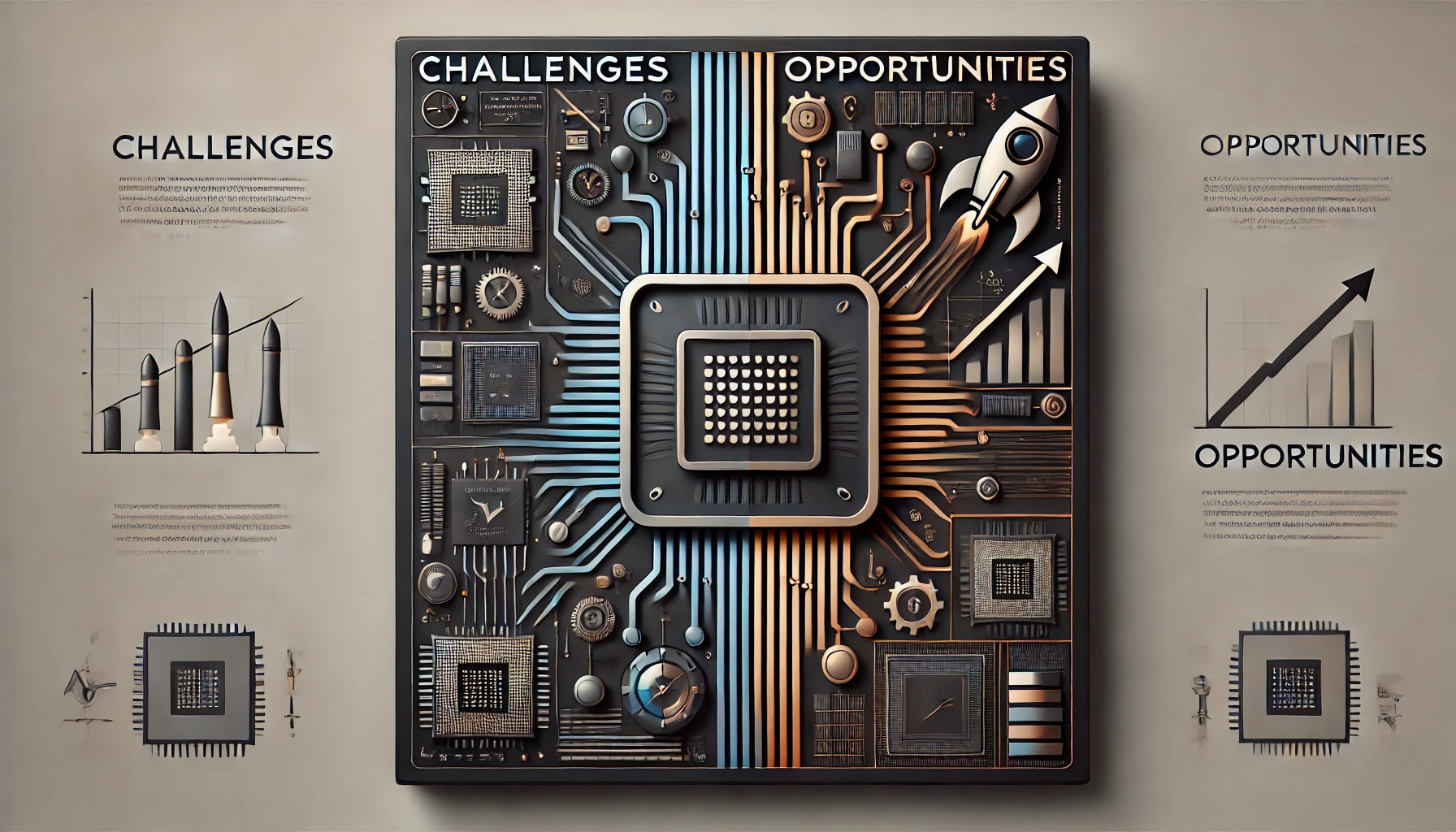Mobile processors are the central units that manage all computing tasks in smartphones, tablets, and other portable devices. These processors, also known as system-on-chips (SoCs), deliver performance, efficiency, and overall user experience. With technological advancements, mobile processors have evolved to handle everything from gaming to AI-driven applications seamlessly. This blog will explore the significance of mobile processors and the different types of processors used in modern mobile phones.
History of Mobile Processors
The history of mobile processors traces back to the early days of mobile phones when basic processors could only handle simple tasks. Over time, these processors evolved into sophisticated system-on-chips (SoCs), allowing for more complex functions. A major milestone was the introduction of ARM architecture, which became the foundation for modern mobile processors.
Companies like Qualcomm, with their Snapdragon series, and Apple, with their A-Series processors, have significantly advanced mobile technology. These advancements have dramatically enhanced smartphone performance, efficiency, and capabilities, shaping how we interact with technology today.
List of Mobile Processors
Rockchip
Rockchip processors, first introduced in the early 2000s, have become known for their use in affordable tablets, educational devices, and other cost-effective electronics. Focusing on delivering reasonable performance at a lower price, Rockchip SoCs are widely used in Android and Chrome OS devices, particularly in budget-conscious markets.
Notable Models
The RK3399, released in 2016, and the RK3288, released in 2014, are notable models that provide solid performance for entry-level devices.
Performance & Features
- Affordable solutions designed for budget-friendly tablets and educational devices.
- Optimised for smooth operation in Android and Chrome OS environments.
- Capable of handling basic tasks such as browsing, streaming, and light productivity.
- Energy-efficient designs that allow for longer battery life in low-cost devices.
Broadcom (for Select Cell Phones)
Broadcom entered the mobile processor market in the mid-2000s, focusing on enhancing connectivity and networking capabilities. Known for its expertise in networking, Broadcom’s contributions to cellular phones have centred around integrating efficient Bluetooth, Wi-Fi, and other connectivity solutions, helping to ensure reliable performance across a variety of devices.
Notable Contributions
Broadcom has played a crucial role in networking solutions, particularly in Bluetooth and Wi-Fi technologies, which are essential in modern mobile processors for seamless connectivity.
Performance & Features
- Advanced networking capabilities, ensuring strong and stable connections.
- Efficient Bluetooth integration for improved device communication.
- Reliable Wi-Fi solutions, enhancing mobile internet connectivity.
- Focus on connectivity over computational power, ideal for enhancing mobile network infrastructure.
UNISOC (formerly Spreadtrum)
UNISOC, formerly Spreadtrum, entered the market in 2001, primarily targeting entry-level smartphones with affordable yet capable processors. UNISOC has built a strong presence in the global market, providing cost-effective alternatives for basic and mid-range devices, particularly in emerging markets.
Notable Models
The UNISOC Tiger T610, released in 2020, and the SC9863A, released in 2018, are among the most recognised models. They are known for their balance between affordability and performance.
Performance & Features
- Affordable alternatives are designed to provide reliable performance in budget smartphones.
- A strong global presence, particularly in emerging markets.
- Sufficient processing power for everyday tasks like browsing and light gaming.
- Energy-efficient designs to extend battery life in entry-level devices.
Allwinner
Allwinner processors, first introduced in 2007, have carved out a niche in the market by focusing on low-cost tablets, media boxes, and industrial applications. These processors are widely used in affordable electronics, providing cost-effective solutions for devices that require moderate performance and power efficiency.
Notable Models
The Allwinner A64, released in 2015, and the A133, released in 2019, are standout models that offer reliable performance in budget-conscious devices.
Performance & Features
- Power-efficient designs that extend battery life in low-cost devices.
- Optimised for use in low-cost tablets, media boxes, and industrial electronics.
- Affordable pricing makes them ideal for budget devices.
- Capable of handling basic media consumption, productivity tasks, and industrial applications.
Qualcomm Snapdragon
Qualcomm Snapdragon processors have a rich development history, evolving from early mobile processors to the powerful SoCs in modern devices. Released in 2007, the Snapdragon series quickly became popular in flagship Android devices due to its performance and innovation. Snapdragon’s dominance continues with cutting-edge technology advancements, particularly in AI and 5G integration.
Notable Models
Standout models such as the Snapdragon 888, 8 Gen 1, and 7 Gen 1 have set benchmarks for mobile processing power, offering enhanced performance, AI capabilities, and improved efficiency.
Performance & Features
- Advanced AI processing for better machine learning and automation tasks.
- Seamless 5G integration for faster and more reliable connectivity.
- Superior graphics performance for enhanced gaming and multimedia experiences.
- Energy efficiency improvements for longer battery life.
- Enhanced security features to protect user data and privacy.
NVIDIA Tegra
NVIDIA Tegra processors were first released in 2008, with a strong focus on high-performance graphics and gaming capabilities. Initially designed for mobile phones, Tegra has since found its place in gaming consoles and tablets, most notably in the Nintendo Switch, solidifying its reputation in the gaming industry.
Notable Models
The standout model is the Tegra X1, released in 2015. It is widely recognised for powering the Nintendo Switch and offering impressive gaming performance on portable devices.
Performance & Features
- Exceptional graphics processing for immersive gaming experiences.
- Optimised for gaming performance, delivering smooth gameplay and high frame rates.
- Strong energy efficiency for extended gaming sessions on mobile and handheld devices.
- Capable of handling intensive applications, including AI-driven tasks and multimedia rendering.
Intel Atom
Intel’s Atom processors were first introduced in 2008 as the company’s mobile solution for low-power, entry-level devices. Initially designed for smartphones, the Atom series found its way into certain tablets, laptops, and other portable devices, offering a balance of performance and energy efficiency.
Notable Models
The 2015-released Atom, x5, and x7 series are among the most notable models. They provide sufficient power for basic tasks in affordable tablets and 2-in-1 laptops.
Performance & Features
- Balanced power and performance, suitable for entry-level devices.
- Low energy consumption, extending battery life in portable devices.
- Capable of handling everyday tasks like browsing, light productivity, and media consumption.
- Compact design, ideal for small form-factor devices like tablets and netbooks.
Huawei Kirin
Huawei’s in-house Kirin processors were first introduced in 2009, with a strong focus on AI and 5G technology as the series developed. Known for powering Huawei’s flagship devices, Kirin processors have played a key role in advancing mobile AI capabilities and 5G integration. Despite challenges, Kirin continues to be a driving force in Huawei’s technological innovation.
Notable Models
The Kirin 9000, released in 2020, and the Kirin 990, released in 2019, are notable models that showcase Huawei’s commitment to high-performance AI processing and 5G integration.
Performance & Features
- Advanced AI capabilities for faster machine learning and camera performance.
- GPU enhancements for smoother graphics, gaming, and multimedia experiences.
- Strong 5G integration for enhanced connectivity.
- Optimised energy efficiency for prolonged battery life in flagship devices.
Apple A-Series (A15, A16 Bionic, etc.)
Apple’s custom A-series chips, starting with the A4 chip, have been a cornerstone of its smartphones since their introduction in 2010. Designed specifically for iPhones and iPads, these processors are known for their seamless integration with Apple’s hardware and software, providing unparalleled performance and efficiency.
Notable Models
Key models like the A15 Bionic, released in 2021, and the A16 Bionic, released in 2022, showcase Apple’s continued focus on pushing the limits of mobile processing.
Performance & Features
- Neural Engine for enhanced machine learning tasks and AI capabilities.
- Advanced graphics performance for smooth gaming and multimedia.
- Powerful CPU advancements for faster processing and improved multitasking.
- Efficiency improvements for optimised battery life.
Samsung Exynos
Samsung’s Exynos processors have been a significant part of the company’s cell phones since their first release in 2010. Designed for use in Samsung’s Galaxy smartphones and tablets, these chips have continuously evolved to compete with other major SoCs in the market. The Exynos series has been key to powering Samsung’s flagship devices, offering strong performance and innovation.
Notable Models
The Exynos 2100, released in 2021, and the Exynos 2200, released in 2022, represent Samsung’s commitment to improving performance and efficiency in their devices.
Performance & Features
- Custom CPU cores are designed for optimised processing power and multitasking.
- Integration with AMD for enhanced graphics performance, particularly in gaming and visual applications.
- Improved energy efficiency for better battery life.
- Advanced 5G and AI processing capabilities.
Zhaoxin (Used in Some Chinese Smartphones)
Zhaoxin, a relatively new player in the processor market, was founded in 2013 and focuses on producing processors for the domestic Chinese market. Zhaoxin aims to help China achieve technological self-sufficiency by offering locally developed processors, particularly in mobile and computing devices.
Notable Models
The Zhaoxin KX-6000, released in 2018, is a key model demonstrating China’s capabilities in developing homegrown processors for various devices.
Performance & Features
- Focus on enhancing China’s technological self-sufficiency and reducing reliance on foreign processors.
- Sufficient performance for everyday tasks in smartphones and computing devices.
- Tailored for the domestic market, meeting local demands and regulations.
- Cost-effective solutions that aim to compete with international processors.
MediaTek Helio
The MediaTek Helio series was introduced in 2014 to deliver affordable performance to budget smartphones. Known for balancing cost and capability, the Helio processors have become a staple in low to mid-range devices, offering reliable performance without a high price tag.
Notable Models
The Helio G95, released in 2020, and the P70, released in 2018, are standout models, particularly noted for their focus on delivering solid performance in budget-friendly smartphones.
Performance & Features
- Gaming-focused optimisations for smoother gameplay and graphics performance in budget devices.
- Excellent budget efficiency, providing good performance at a lower cost.
- Integrated AI features for enhanced camera and system performance.
- Energy-saving technologies to extend battery life in budget phones.
Samsung Mongoose (Discontinued)
Samsung’s Mongoose custom CPU cores were first introduced in 2016 as part of the company’s effort to develop in-house processors for its Exynos lineup. While Mongoose cores offered impressive raw power, they were eventually discontinued after the release of the Mongoose M5 core in 2020 due to a shift towards efficiency.
Notable Models
The Mongoose M5, released in 2020, marked the final iteration of Samsung’s custom cores. It demonstrated strong performance but raised questions about energy efficiency.
Legacy & Impact
The Mongoose series left a notable mark on the Exynos lineup, sparking discussions around the balance between power and efficiency. Though discontinued, its development contributed to Samsung’s understanding of custom CPU design and influenced future processor efficiency and performance decisions.
AMD (for Certain Mobile PCs and Gaming Devices)
AMD entered the mobile PC market with its Ryzen series in 2017, bringing high-performance processing to laptops and gaming devices. Known for their power and efficiency, AMD’s mobile Ryzen chips have gained popularity in mobile PCs, offering strong performance in gaming and multitasking scenarios.
Notable Models
The Ryzen 4000 mobile chips, released in 2020, stand out in AMD’s lineup. They provide impressive processing power in thin and light laptops and gaming devices.
Performance & Features
- High-performance processing tailored for gaming and heavy multitasking.
- Advanced graphics capabilities are integrated into the processor, enhancing gaming performance.
- Efficient power usage, optimising battery life without sacrificing performance.
- Strong multitasking support for productivity and demanding applications.
MediaTek Dimensity
MediaTek’s Dimensity series entered the market in 2019, marking the company’s significant push into the 5G space. Known for delivering strong performance at an affordable price point, Dimensity processors have gained popularity, particularly in mid-range and budget smartphones. MediaTek’s focus on combining cost-efficiency with advanced technology has made the Dimensity line a strong contender in the mobile processing market.
Notable Models
The Dimensity 9000, released in 2021, and the Dimensity 8100, released in 2022, stand out for their impressive performance and value in mid-tier devices.
Performance & Features
- Enhanced AI capabilities for improved camera performance and device efficiency.
- Strong energy efficiency, ensuring longer battery life for users.
- Solid 5G integration for faster connectivity.
- Competitive graphics performance for gaming and media consumption.
Apple M-Series (M1, M2 for iPads)
Apple’s M-Series processors, first introduced in 2020 with the M1 chip, marked a significant shift towards bringing desktop-class performance to devices like iPads. These custom-built processors deliver powerful computing capabilities while maintaining Apple’s renowned efficiency, allowing seamless performance across mobile and desktop platforms.
Notable Models
The M1, released in 2020, and the M2, released in 2022, have been integrated into iPads, offering unmatched processing power and efficiency for a mobile device.
Performance & Features
- Enhanced multitasking, allowing users to handle multiple heavy applications simultaneously.
- Advanced graphics capabilities, ideal for gaming, creative work, and multimedia.
- Unmatched computing power that rivals traditional desktop processors.
- Energy-efficient design, providing long battery life even with demanding tasks.
Google Tensor
Google’s Tensor processors were first introduced in 2021, marking the company’s move toward custom-built processors tailored specifically for their Pixel devices. These chips are designed to optimise Google’s software and deliver enhanced AI-driven performance, making them a key feature in Pixel smartphones.
Notable Models
The Tensor G1, released in 2021, and the Tensor G2, released in 2022, have become central to Pixel devices, pushing Google’s vision of personalised AI and machine learning.
Performance & Features
- AI-driven camera improvements for superior photography and video quality.
- Personalised machine learning capabilities, adapting to user habits and preferences.
- Enhanced performance for Google-specific applications and services.
- Strong integration with Android for smooth and efficient operation across tasks.
Challenges and Opportunities in the Current Market
Challenges:
- Global Chip Shortages: Ongoing supply chain disruptions have affected the production of mobile processors, leading to delays and price increases across the industry.
- Competition Among Major Players: Companies like Qualcomm, Apple, and MediaTek face fierce competition, making it a constant challenge to stay ahead in innovation and performance.
- Balancing Power Efficiency and Performance: As devices become more powerful, maintaining battery life while delivering high performance remains a critical hurdle for manufacturers.
Opportunities
- Growth in AI and Machine Learning Capabilities: The demand for AI-driven features in mobile phones presents opportunities for developing more powerful, intelligent processors.
- Expansion of 5G Technology: As 5G continues to roll out globally, the demand for processors capable of leveraging this technology creates space for innovation.
- Customisation for Specific Device Needs and User Experiences: Processor manufacturers have a growing opportunity to create specialised chips tailored to the unique needs of specific devices and user preferences.
Conclusion
Mobile processors play a pivotal role in shaping the future of mobile technology, driving advancements in performance, efficiency, and connectivity. As innovation continues to push the boundaries of what these processors can achieve, we see exciting trends in AI, 5G, and specialised chip designs tailored to enhance user experiences. The competition among major players fuels this progress, making devices faster, smarter, and more capable than ever. Mobile processors will continue to be at the heart of technological evolution, influencing the next generation of smartphones, tablets, and beyond.

